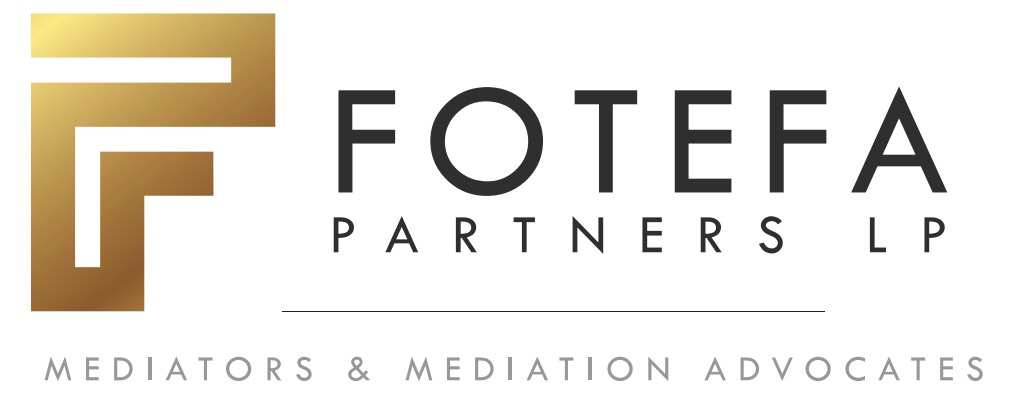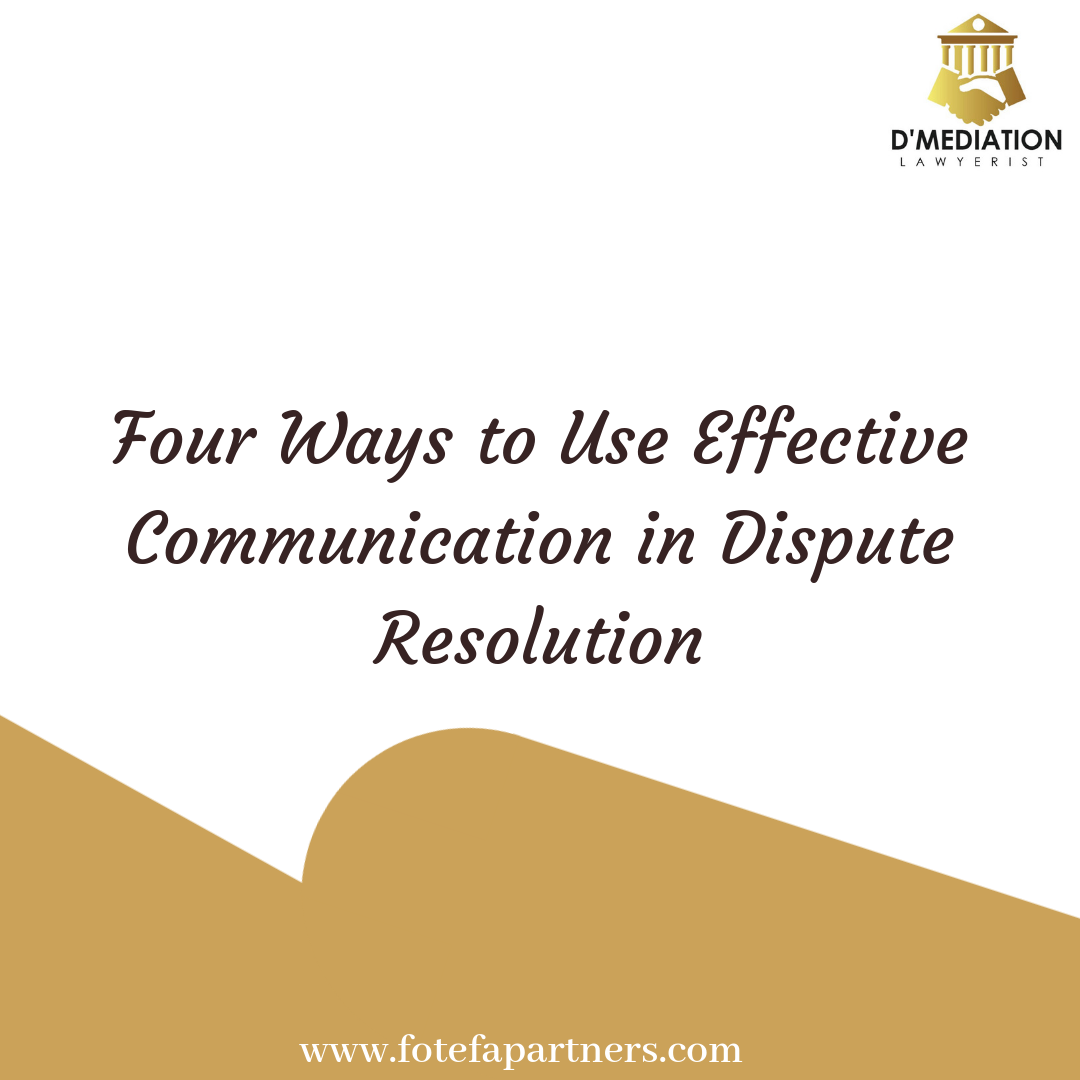Oftentimes when two people are having a dispute, one of the major stumbling blocks in their way to resolve that dispute is the lack of effective communication.
The inability of one party to properly convey their feelings, emotions, interests, wants and needs in their message to the other party is the major reason why they seem to be unable to sort out whatever grievances they have as regards that dispute.
Effective communication is thus the means through which mediators and mediation advocates help parties to facilitate conversations and discussions towards reaching a settlement. Propagating effective communication during dispute resolution also helps parties in a therapeutic way because they are able to voice out and vent out their anger and this is important so as to get them to that point where they willingly want to collaborate in resolving their dispute.
Here are 4 key steps to using effective communication in dispute resolution.
- Active listening
A mediator or mediation advocate must cultivate the skill of active listening. It helps the mediator to properly receive, understand, and interprete the message being conveyed from one party to another. To do this, you need to be alert and attentive while parties are speaking. Active listening also helps to give some reassurance to the parties of the mediator’s neutrality and it shows a willingness to listen to what they have to say.
- Reframing
Reframing is a way through which the mediator chooses his words carefully to calm tensions and make the problem at hand seem solvable. By reframing statements, the mediator or mediation advocate summarises what a party has said without the possible sarcasm, timidity or insult with which it might have been earlier said by one party to another.
- Questioning
With open ended or closed ended questions, a mediator can make prompts to help parties keep the conversation going or to help them to even start the conversation in the event that neither party wants to speak. Open ended questions like “how do you feel about the situation currently?”, “Why is this so important to you?” help to get parties talking and enables them to express their feelings and grievances unlike close ended questions that simply require “Yes” or “No” answers.
- Body language and gestures.
The use of gestures and body language is one of the strongest non-verbal forms of communication. As humans, we are able to read meanings to facial expressions, gesticulations, eye contact, and every other kind of body language. Thus to communicate effectively in order to help parties solve their disputes, every mediator and mediation advocate needs to master this art of body language and gestures so as to send the right signals to parties which will in turn keep them relaxed and trusting of the whole mediation process.
These four steps to using effective communication in dispute resolution, can be applied to almost every situation of dispute or conflict we find ourselves in at any point in our lives.
Do you want to be a mediator or mediation advocate? Start cultivating these skills today!


